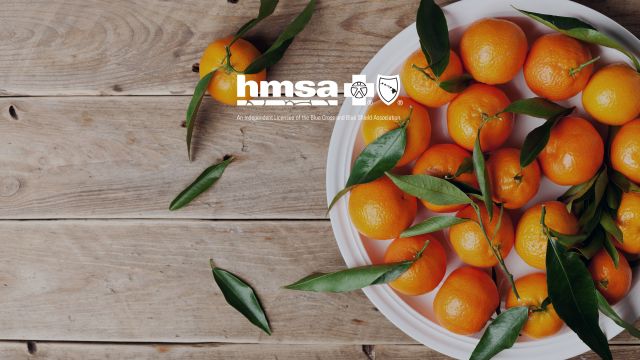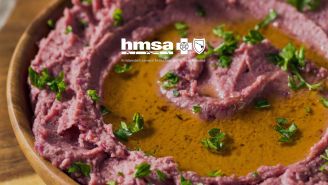Fresh citrus is a refreshing flavor and, in the winter months, many varieties are at their peak in Hawaii. Oranges and limes are often available here year-round, but they peak in the months from October through March, as do lemons, tangelos, blood oranges and tangerines.
Many locally grown citrus fruits, like tangerines and oranges, are a little different in appearance than what you may see in the grocery store. Citrus that’s imported from the mainland is typically grown in California or Florida. The skin may be thicker, more intense in color and the fruit may not be very juicy. Our local citrus is often not as perfect looking, but it’s likely to be sweeter and juicier!
One reason the color of the skin of local citrus is not as vibrant as some from the mainland is that the temperature during ripening affects color intensity. In subtropical climates like ours, color development is slower and the intensity is lower due to warmer overnight temperatures. In areas where the overnight temperature is lower, the color intensity is higher. Similarly, the flavor is also influenced by temperature fluctuation, hence the reason the peak season for citrus in Hawaii is during our winter months, when day and evening temperatures differ more widely. Look for fresh local citrus in your Local Inside CSA bags or at your local farmers market and don’t be turned off by its less than perfect appearance!
When choosing small sized citrus like lemons and limes, gentle pressure will give you an indication of the juiciness. Some "give" to the fruit when you squeeze it means that there's likely more juice and less pith. In Hawaii, fruit trees are often susceptible to fungus because the weather is wet and cool during the winter. This doesn't necessarily mean the fruit is no good; often the skin of the fruit is affected but the flesh inside is normal. In fact, many local oranges are not the perfectly round, unblemished ones that you see in the store, but the fruit is very sweet anyway!
For all fruits, the brighter the color, the riper the fruit is. Many will also smell strongly of the citrus oils when ripe. Whenever possible ask the producer any questions you have about their produce. They are more than willing to talk with their customers!
Local Inside, an Oahu farmers’ CSA, is a convenient way to purchase locally grown produce and support our local farmers. Community Supported Agriculture (CSA) allows members of the community to invest in local farms and provides the farmer with a consistent market for their produce. Proceeds from the Local Inside CSA support the Hawaii Agricultural Foundation’s Ag Park at Kunia and its educational agricultural programs.
For the holidays, consider giving your friends, co-workers or loved ones a taste of Local Inside, a bag of fresh, locally grown produce that also supports our local farmers.
Melissa Zeman currently manages the Hawai'i Agriculture Foundation (HAF) Ag Park at Kuni





